Text
ABONNEMENT 12 MOIS IPTV
ABONNEMENT 12 MOIS IPTV
Inclus tous les bouquets et VOD
24h/7j Full Support
Installation IPTV Maroc Gratuite
Mise a jours playlist IPTV
4K/FHD/HD/SD Qualité
Stable & Rapide
click now

#zip code quezon city#zamboanga city#zip city#zahia city center#zillow kansas city#zillow salt lake city#zayed sports city#zinque century city#zona rosa kansas city#zanzibar city#york city fc#ybor city#yuba city#yarra city council#yauatcha city#yunobo of goron city#yazoo city#ybor city shooting#york city walls#you belong to the city#xtreme city#xhale city#xochimilco mexico city#xtreme city movie#xxi senayan city#xi'an city#xxi gandaria city#xxi kuningan city#xaven ft celeb city#xenia city
0 notes
Text
April 11-14, Xi'an, China:
Some pictures of the cultural landmarks of Xi'an and some miscellaneous pics to wrap up the posts about my Xi'an trip:
First is the Bell Tower/钟楼 and Drum Tower/鼓楼 of Xi'an. The Bell Tower and the Drum Tower of Xi'an were built in 1384 and 1380 respectively, during the reign of Emperor Taizu of Ming (personal name Zhu Yuanzhang, aka that one emperor who was a beggar). Both towers were rebuilt during Qing dynasty, then repaired extensively in the latter half of 20th century.
This square-ish tower is the Bell Tower:
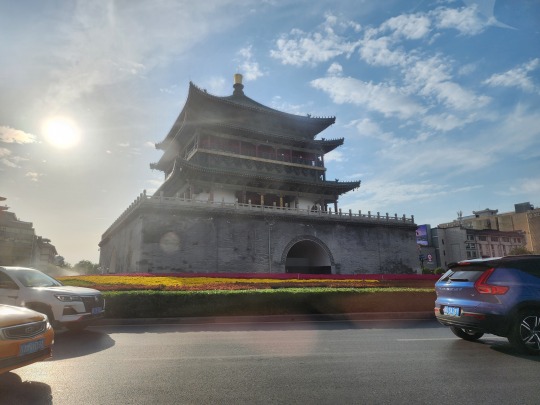
The hotel we stayed at was fairly close to the Bell Tower so I was able to get a couple more pictures of it, but we didn't go inside either towers though. I kind of regret that, but I regret not being able to go to the Shaanxi History Museum more.
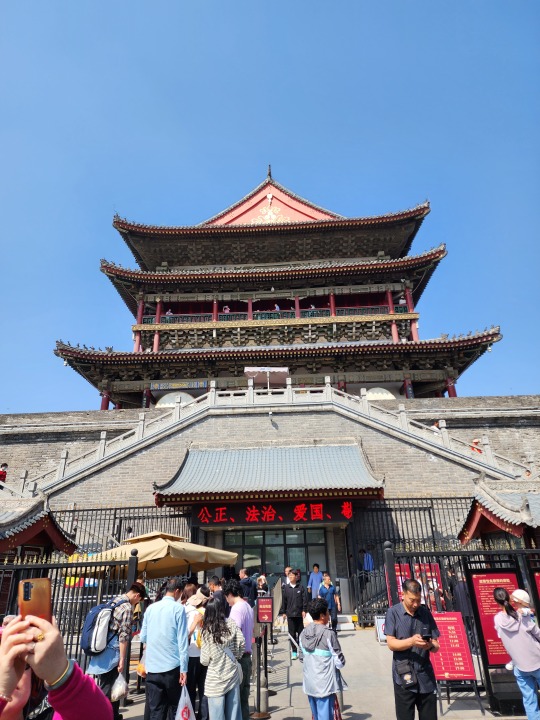
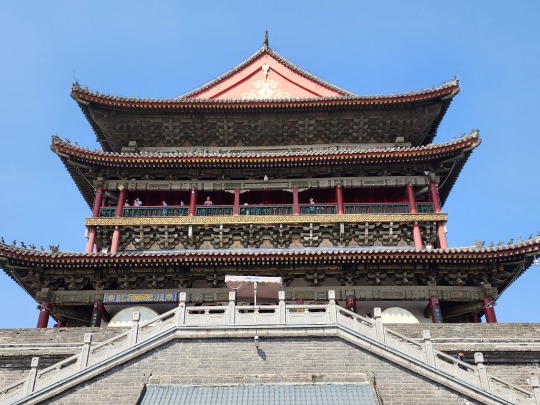
Side note: the Tang-era Jingyun Bell/景云钟 used to be inside this tower (hence the name), where it would sound in the mornings to signal the beginning of the day. However, the Jingyun Bell was moved to Beilin Museum in 1953 for conservation purposes, which was also where I saw the real thing (see my earlier post about Beilin Museum), but a tour guide told me it would be moved again soon to another (indoor) museum, where it would stay for the foreseeable future. The bell that is inside the Bell Tower right now is a modern working replica of the Jingyun Bell.

And now the rectangular Drum Tower. The drums in the tower used to sound in the evenings, signaling the end of the day. This is summed up in the term 晨钟暮鼓, or "morning bell tolls and evening drum beats".

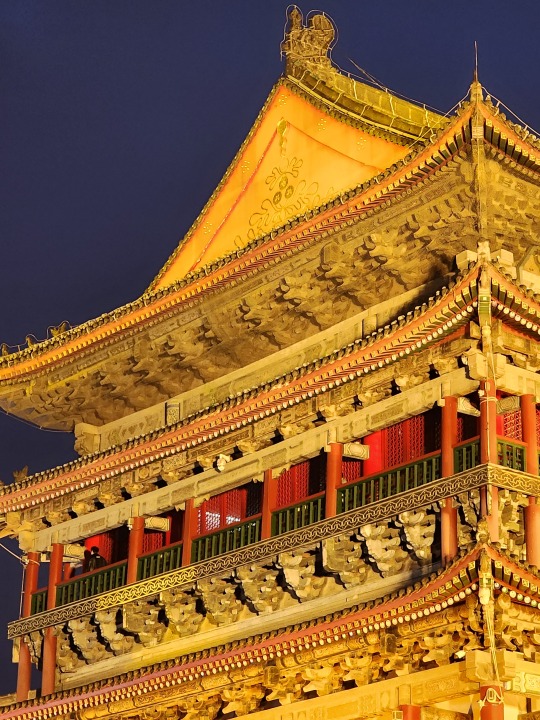
The bian'e/匾额 sign on the south side of the Drum Tower reads 文武盛地 (traditionally Chinese reads from right to left when written horizontally), which translates to "the place where literary and martial arts flourish". The bian'e itself is 8m (~26.2 ft) long and weighs 2-3 metric tons (about as heavy as a SUV). The bian'e on the north side of the Drum Tower reads 声闻于天, which translates to "a sound heard even in the heavens", referring to the sound of the drums. The phrase itself came from the poem "A Crane Cries" (鹤鸣; translation may vary depending on the translator) from the Classic of Poetry/《诗经》.
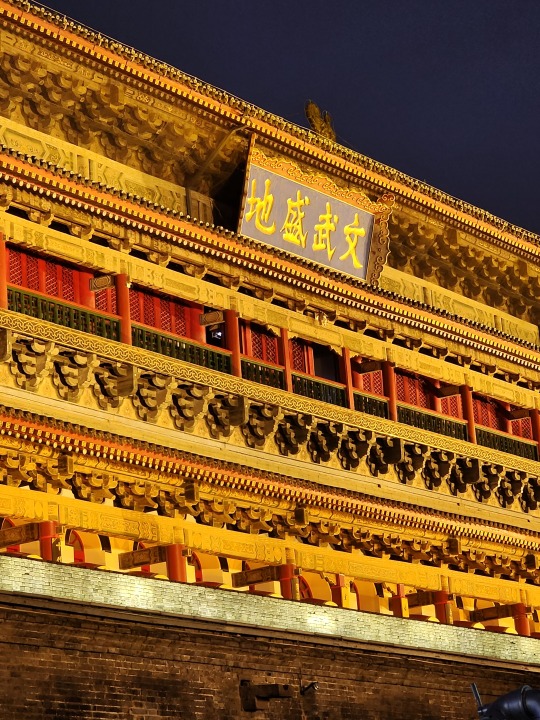
On to notable souvenirs from random shops:
Tang-era style Thicc Beefcake Horses 👌
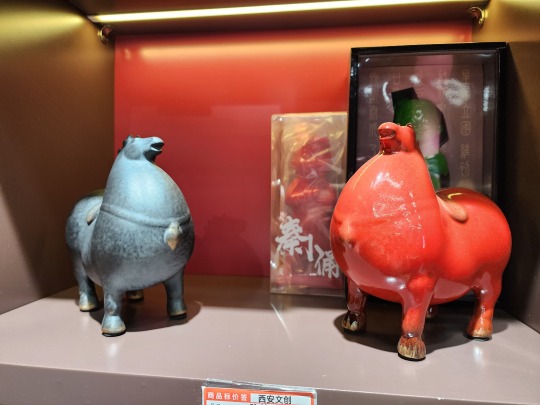
Left: figurines of (mostly) Tang-era girls. Right: a type of candy from Sichuan called "dogshit candy"/狗屎糖 (yes that's really the name lol) made from soy beans, peanuts, and barley malt syrup (called maiyatang/麦芽糖). The smaller text on the bottom of the bag reads "eat dogshit candy and you will have dogshit luck", which actually means good luck btw, because the chances of stepping on dog doo-doo is actually kinda low if you think about it
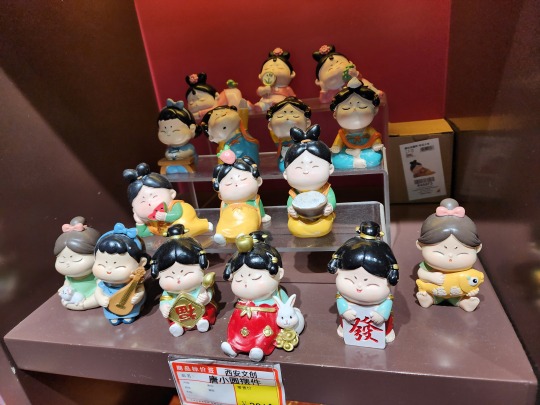

And last but not least, the ancient city walls of Xi'an. The city walls that we see here were built at the beginning of Ming dynasty (latter half of 14th century), but analysis of the cross section revealed that it also contained sections of the Tang-era (618 - 907), Song-era (960 - 1279), and Yuan-era (1206 - 1368) city walls within it in layers. These walls are 12m (39.4ft) tall and the top of the wall is 12-14m (39.4-46ft) wide, enough to pass multiple horse-drawn carts at once, which was important for the defense of the city. Below is the Anyuan Gate/安远门 (the north gate), and this used to be where the Tang-era Taiji Palace/太极宫 (not to be confused with Taiji Hall of the Forbidden City) wall connected with the Eastern Palace/东宫, where the crown prince resided:
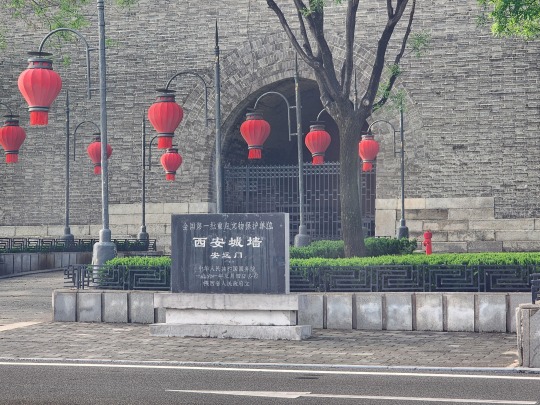
Coming around the side gate of Anyuan Gate. There's also a moat (护城河 in Chinese, lit. "protect city river"), but I didn't take pictures of it.

Outside the Shangwu Gate/尚武门. 尚武 roughly translates to "respect of the martial". There used to be draw bridges outside these gates as well, but for ease of modern transportation, most of them have been rebuilt as fixed bridges with roads on top for vehicles and pedestrians. The only draw bridge that has been rebuilt (that I know of) was the one outside the Yongning Gate/永宁门 aka the southern gate.
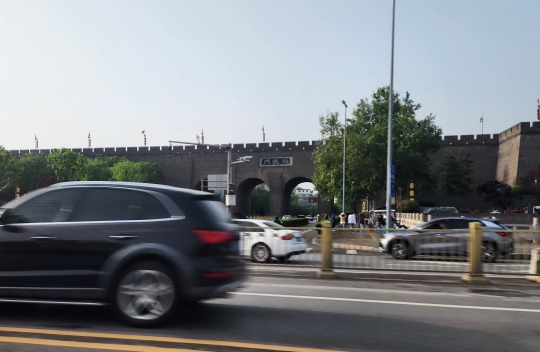
Leaving Xi'an city. These are the corner towers of the city wall:


Two cute sculptures inside the Xi'an Xianyang International Airport/西安咸阳国际机场, the left one represents Shaanxi's Qinqiang/秦腔 folk opera, and the right one is, of course, the famous terra cotta soldier:
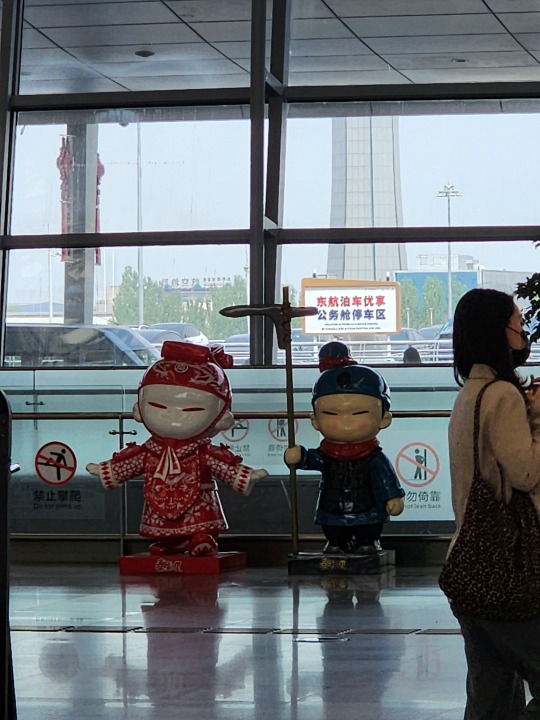
Goodbye Xi'an! Hopefully I can come back in the future and go to Shaanxi History Museum..........
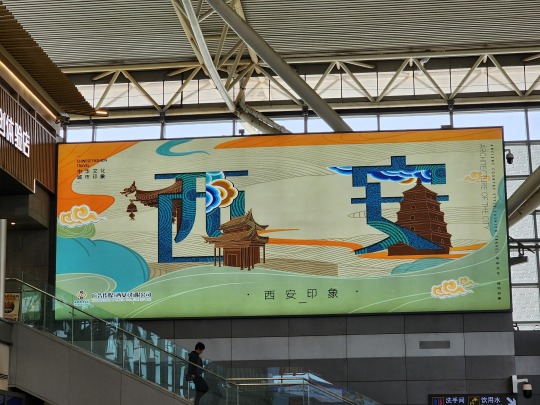
#2024 china#xi'an#china#bell tower#drum tower#xi'an city walls#chinese architecture#chinese history#chinese culture#architecture#history#culture
55 notes
·
View notes
Text
Xi'an fortress - China

2 notes
·
View notes
Photo

Zaha Hadid Architects Designed a Cultural Center Inspired by the Curving Flow of a River
Inspired by the landscape of the Shaanxi province, Zaha Hadid Architects (ZHA) has won a competition to design the Jinghe New City Culture & Art Centre. Located in the growing science and technology hub north of Xi'ian, the building will host cultural and recreational facilities for residents. In winning the competition, ZHA has added to its growing portfolio of contemporary architecture in China.



#zaha hadid architects#architects#shaanxi province#future architecture#Architecture#jinghe new city culture & art centre#xi'an#china#river
5 notes
·
View notes
Text
Allow us to take your mind off all your problems and show you the beauty of the majestic city of Xi'an
💕 L'Eleganza della Storia e la Tendenza della Modernità sono maestosamente integrate a Xi'an, e - di notte - puoi percepire il fascino unico di questa antica Capitale della Cina 🇨🇳
📺 Fonte ⭐️
🌸 Iscriviti 👉 @collettivoshaoshan
💕 The Elegance of History and the Trend of Modernity are majestically integrated in Xi'an, and - at night - you can feel the unique charm of this ancient Capital of China 🇨🇳
📺 Source ⭐️
🌸 Subscribe 👉 @collettivoshaoshan
#socialism#china#italian#translated#china news#communism#collettivoshaoshan#marxism leninism#marxist leninist#marxismo#marxist#marxism#paesaggio#landscape#cities#xi'an#chinese culture#chinese communist party
1 note
·
View note
Text
random headcanons about ACOTAR men
i've already brought some of these up in pasts posts or comment sections but i'd figured i'd put them here too for fun
i always imagined helion as being like. ridiculously tall. like 7 feet at LEAST.
though all high fae have unnaturally long limbs and fingers, it's most obvious with the vanserras.
tamlin's canines can obviously lengthen into fangs, but even when they're resting naturally, they're visibly sharper than average.
rhysand's ears are pointed, but have more of a round arch to them and they're less long than non-mixed high fae ears.
i've talked about this one before, but high fae don't really have facial or body hair aside from pubic hair--and im talking like only in the crotch region, not pubic hair like under the arms, or even trailing below the belly button. they can't grow beards, and their smoothness is just another testament to their distinct lack of humanity. this applies to almost all high fae, except tamlin. he def has a happy trail and can grow stubble at the very least. his father considered it somewhat of an abomination, and would use it as an excuse to punish him when he couldn't come up with any other "valid" reason.
lucien's eye prosthetic extends beyond the actual eye--the gold gilding has also been implanted within the areas of flesh that had been clawed away above and below the eye socket, as almost a metallic skin graft, so it almost looks like he doesn't just have a mechanical gold eye, but an entirely gold skull underneath.
eris vanserra has short hair, and his drip is endless. he prizes jewelry as one of the most important garments a male can wear and is never seen leaving the house without it. his outfits are always tailored perfectly.
i always saw tarquin as having either desi features or central american indigenous features, but with hair shorn almost in a buzz, reminiscent of the style of deep-water free divers. i know it's an uncommon interpretation, but it's been what i've envisioned him as from the start.
in a similar vein, I always saw thesan as east asian, because i'm like 95% sure he states that his parents are from xian, which i assume is SJM's stand in for all of asia, which obviously encompasses an insanely large amount of cultures and common physical features depending on area. however, i always pictured him as specifically chinese inspired because xi'an is an actual city in china that has been around for a WICKED long time, so i just always assumed he was modeled with a chinese visual in mind.
cassian is bisexual. this one i've had since maybe the moment he was introduced. the bisexual vibes just radiate off of him i can't explain it.
azriel is a switch but he's more into bottoming than people often assume.
eris enjoys sports.
the illyrian males have traditional styles of dance reminiscent of hardcore slavic dances, like the ones where the dudes are like spinning around on their knees and crazy shit like that. the more they are able to keep their wings from scraping the ground, the more successful a dancer they are considered to be.
ok i have to go to bed so that is all for now
#acotar#a court of thorns and roses#acotar headcanons#a court of thorns and roses headcanons#my headcanons#rhysand#tamlin#the vanserras#eris vanserra#lucien vanserra#cassian#azriel#thesan#tarquin#helion#high lords
91 notes
·
View notes
Text

Emperor Qin's Tomb The Terra-Cotta Army protects the tomb of China's first emperor.
Workers digging a well outside the city of Xi'an, China, in 1974 struck upon one of the greatest archaeological discoveries in the world: a life-size clay soldier poised for battle.
The diggers notified Chinese authorities, who dispatched government archaeologists to the site.
They found not one, but thousands of clay soldiers, each with unique facial expressions and positioned according to rank. And though largely gray today, patches of paint hint at once brightly colored clothes. Further excavations have revealed swords, arrow tips, and other weapons, many in pristine condition.
The soldiers are in trenchlike, underground corridors. In some of the corridors, clay horses are aligned four abreast; behind them are wooden chariots.
The terra-cotta army, as it is known, is part of an elaborate mausoleum created to accompany the first emperor of China into the afterlife, according to archaeologists.
📸 @gregabandoned Source : National Geographic website
146 notes
·
View notes
Text


Some questions answered during Li Le's weibo live stream (not all questions are included, some long answers are summarized):
note: "Wang laoshi" is an affectionate nickname for Wang Yunkai
1. How do you feel during your first livestream?
Lele: A bit nervous but also a little excited.
2. How tall are you?
Lele: I'm 185 cm.
3. What was your first impression of Kaikai?
Lele: I saw Wang laoshi's description. My first reaction was that he described me as if I took the lead female role in a drama, with the way he described my face and me dragging two large suitcases upstairs, almost unable to move. Later, I thought it was indeed like that. He seemed like a very, very warm person.
4. What is your MBTI?
Lele: I am an introvert, an ISFJ, a little nurse. Wang laoshi is a protagonist (ENFJ).
5. Will there be autographed photos?
Lele: There will be opportunities for autographed photos in the future.
6. Can you speak Russian/Thai?
Lele: I can't speak Russian or Thai.
7. Have you read the original work?
Lele: I have read the original work. After reading it, I was somewhat hesitant to take on the role. However, after playing Huaien, I learned a lot from him.
8. Do you eat snail noodles?
Lele: I love eating snail noodles; I'm a big foodie.
9. How has your mindset changed before and after filming?
Lele: I used to be quite indifferent about relationships, believing that being together or not is a matter of fate. However, after playing Huaien, I realized a valuable trait in him—his view of love is very pure and he believes that if you like someone, you should give your all to pursue and fight for it. This moved me deeply.
10. What type of role would you like to experience next?
Lele: I used to want to play roles that are similar to my own personality, more lively characters. After playing Huaien, I now want to try roles that are quite different from myself so that I can learn new things.
11. What do you like to eat?
Lele: I love many foods, whether they're from Wuhan, Xi'an, as long as it's delicious.
12. Are there any kissing scenes in the drama?
Lele: I can't spoil it, but everyone can look forward to it.
13. Where do you most recommend traveling to?
Lele: Every place is different, whether domestic or overseas. Cities in China like Shanghai, Beijing, Chengdu, and Chongqing each have their unique charm.
14. How does it feel to shoot a kissing scene?
Lele: It feels just like how it would feel when you kiss someone.
15. What food do you recommend in Shanghai?
Lele: Shanghai's pan-fried buns are delicious.
16. Will you collaborate with Kaikai again?
Lele: I certainly hope so, if there's an opportunity.
17. What is your zodiac sign?
Lele: I am a Scorpio.
18. Can you recommend a song?
Lele: Of course, "A Passionate Dream" sung by Wang laoshi and me. Besides that, have you heard of the song "Young And Beautiful"? I really like that one.
19. Do you have any interesting experiences from filming "Blossom"?
Lele: There are quite a few memorable scenes. The most unforgettable for me is the one by the river because it was very special.
20. What did you think of your voice actor?
Lele: I think the voice actor added a lot of value to my performance.
21. Will there be offline events?
Lele: Offline meetings and concerts will depend on future arrangements.
22. Will you change your hair color?
Lele: I want to be a bit spontaneous and dye my hair blonde.
23. Do you usually work out?
Lele: I do work out, but I can be a bit lazy and need someone to keep an eye on me.
24. What type of music do you like?
Lele: Recently, I've been listening a lot to "A Passionate Dream" and "Under the Moonlight," our theme song and ending song sung by Wang laoshi and I, as well as "Endless Calamity" by Li Junliang laoshi. In general, I enjoy listening to songs by Zhou Shen and Faye Wong.
25. Will there be a duo livestream?
Lele: A duo live stream depends on future arrangements. It should happen; I'll consult with our boss.
26. Are you of mixed heritage?
Lele: Yes, I am of mixed heritage, though it's quite distant. My grandfather's previous generation was Russian.
27. Why do you eat a lot but not gain weight?
Lele: Actually, I gain weight easily, and I love eating. I used to be very overweight, weighing up to 110kg in middle school. I later lost weight, going down to around 75kg. My slimmest was during the filming of "Blossom."
28. Can you post a nine-pic grid?
Lele: Sure, I can post a nine-pic grid. I'll leave that to my publicity team.
29. Have you seen the complete version of the drama?
Lele: Yes, I've seen the complete version. It was very embarrassing, especially the first two episodes where I had to dress as a woman for the first time.
30. What hobbies do you have?
Lele: Traveling. Previously, Wang laoshi and I planned trips to Chengdu and Yanji. In Shanghai, I might play tennis, go shopping, or watch good movies.
31. What is your contact name for Wang laoshi?
Lele: His contact name is Kaikai.
32. Which outfit in the drama is your favorite?
Lele: Because most of my outfits are white, my favorite is actually the black one. It appears rarely, but I saw it in the trailer and really liked it.
33. Do you call each other by name in private?
Lele: In private, I just call him Kaikai.
34. What do you recommend playing at Disneyland?
Lele: I highly recommend "Soaring Over the Horizon". It's very fun.
35. Can you swim?
Lele: Yes, I can swim.
36. Do you have any vlogs?
Lele: Vlogs are being arranged and currently being filmed. They include work and daily life ones, and there are also vlogs from shooting before.
37. Where will your next trip be?
Lele: If there's time, Wang laoshi and I might go to Chengdu or Yanji. I also really want to visit Xinjiang or Changsha, Shandong is an option too, as it has great food.
38. What kind of milk tea do you like?
Lele: My top favorite is Cha Yan Yue Se. Second, I think Heytea is quite good. Third, I like Thai milk tea. I also love drinking from Mixue.
39. Did you take anything from the drama as a keepsake?
Lele: Yes, I took Huaien's hairband, but I didn't bring it out; it's at home.
40. Can you drink douzhi (fermented mung bean milk/soup)?
Lele: I don't like it.
41. Do you have any pets?
Lele: Yes, I have a dog, a small poodle. It's a kind fleece poodle, not a wicked one.
42. What's your dog's name?
Lele: My kind fleece poodle is named Xiao Yueyue (the fleece part is hard to translate but it's funny because by "fleece" he's referring to the poodle's fur, so he's speaking of him as a piece of fabric basically)
translated by @ xiaoqiaoo_ on twitter
#li le#meet you at the blossom#myatbsource#tw weight mention#tw weighloss#mine#my baby translated this whole thing in like 50 minutes in our messages 😭😭#of course he has a poodle..#just thinking about blonde lele makes me die one thousand deaths
32 notes
·
View notes
Text
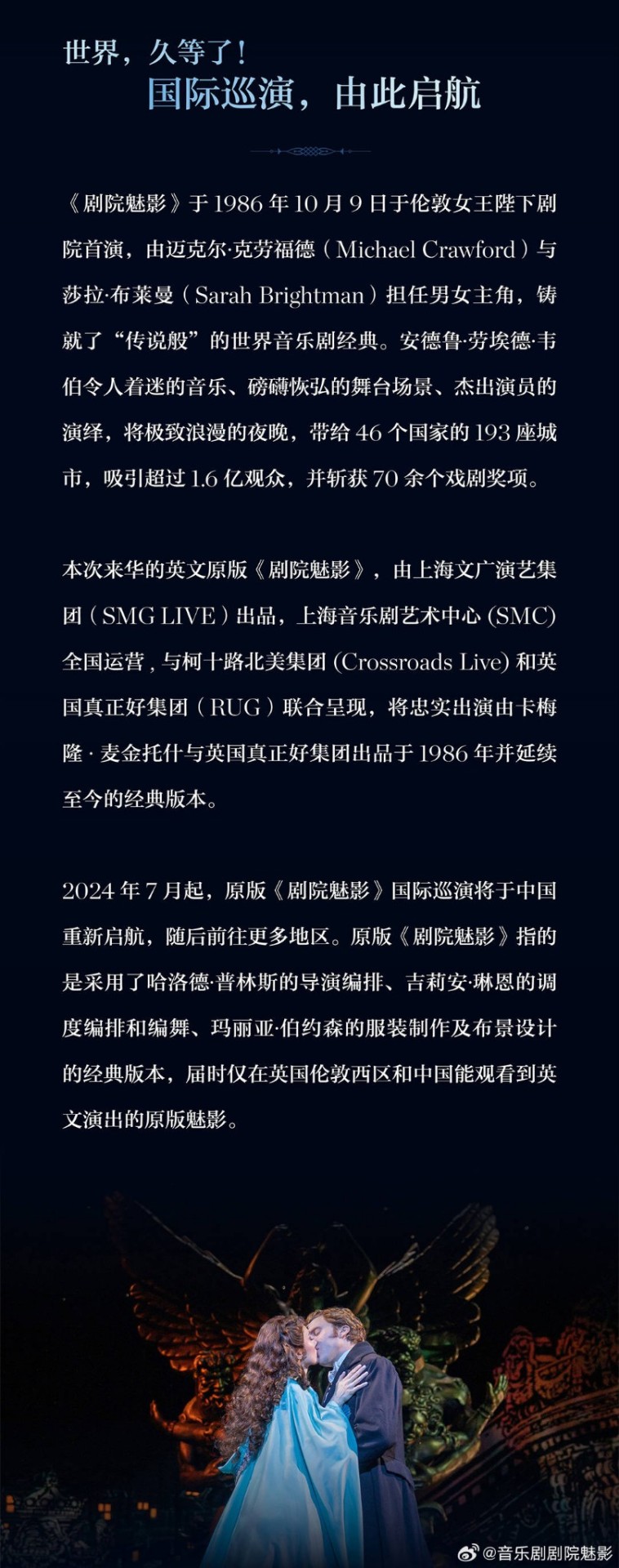

"Starting from July 2024, the international tour of the original "Phantom of the Opera" will resume in China and then travel to more regions/territories. The original version of "The Phantom of the Opera" refers to the classic version that uses the direction and choreography of Harold Prince, the staging and choreography of Gillian Lynne, and the costume and set design of Maria Bjornson. The original English version of Phantom can only be seen in London's West End and China."
The initial list of cities are:
Shenzhen - Shenzhen Esplanade Opera Hall (Tickets)
Xi'an - Shaanxi Opera House
Shanghai - Shanghai Grand Theater
Suzhou - Suzhou Bay Grand Theater
Chengdu - Chengdu City Concert Hall
Beijing - Beijing Tianqiao Art Center
Dates from BroadwayWorld

Jonathan Roxmouth and Matt Leisy are confirmed to return.
73 notes
·
View notes
Photo

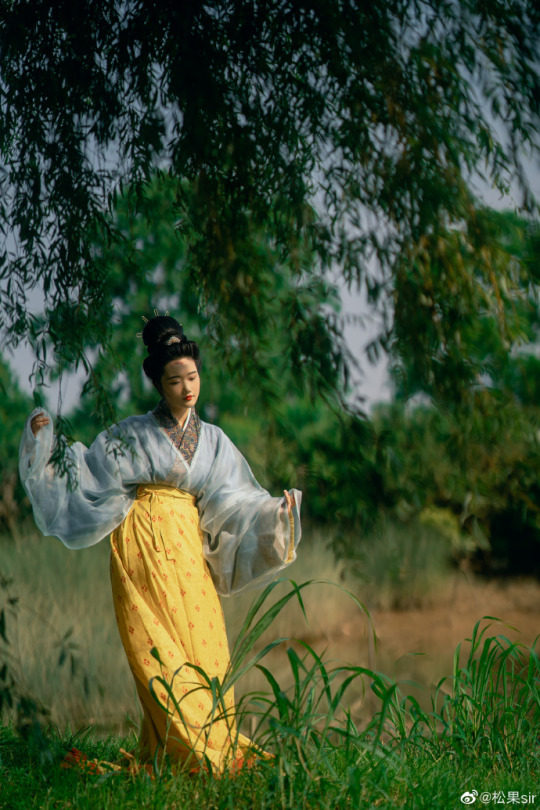
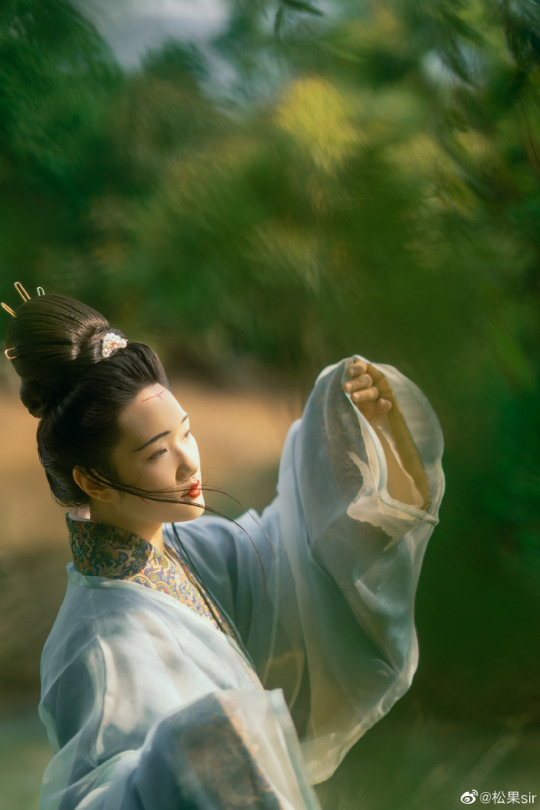
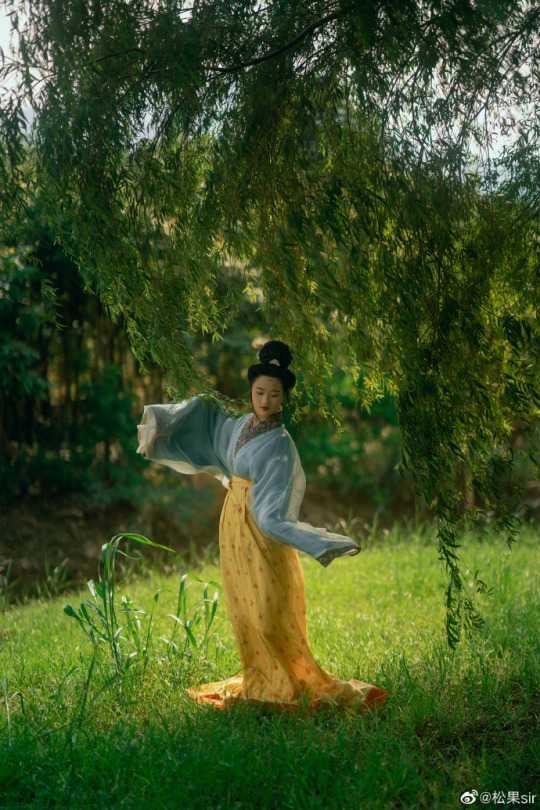
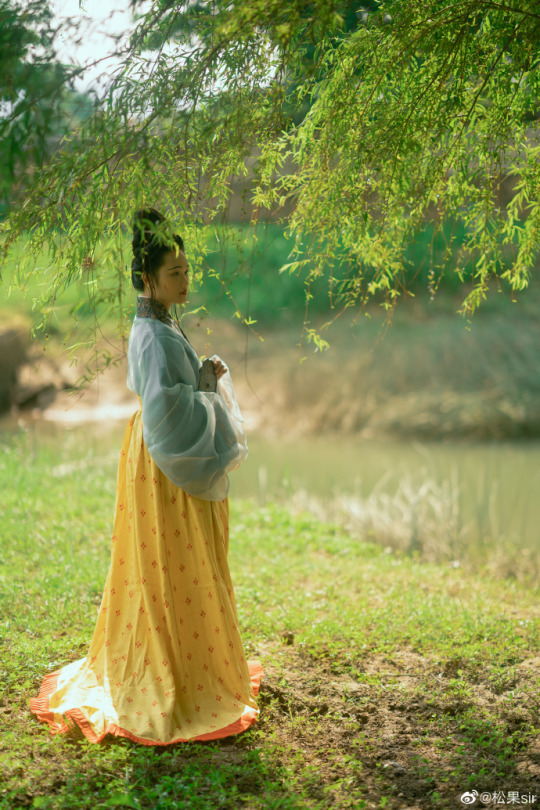
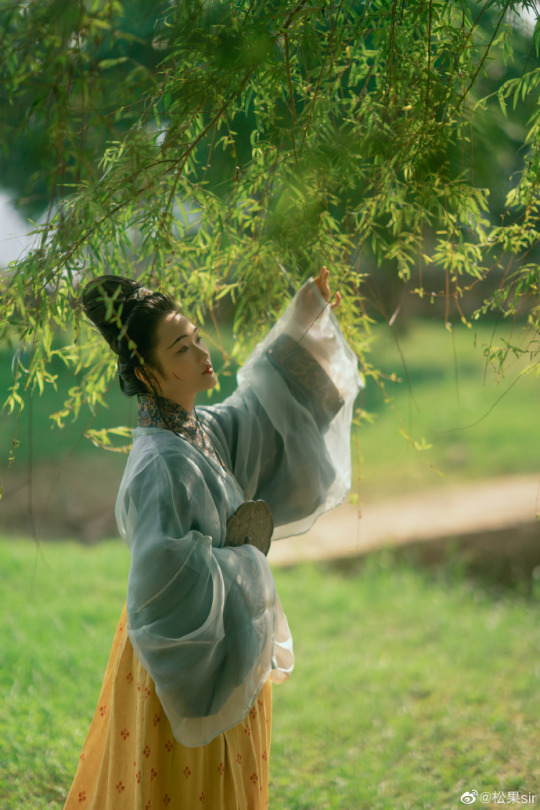
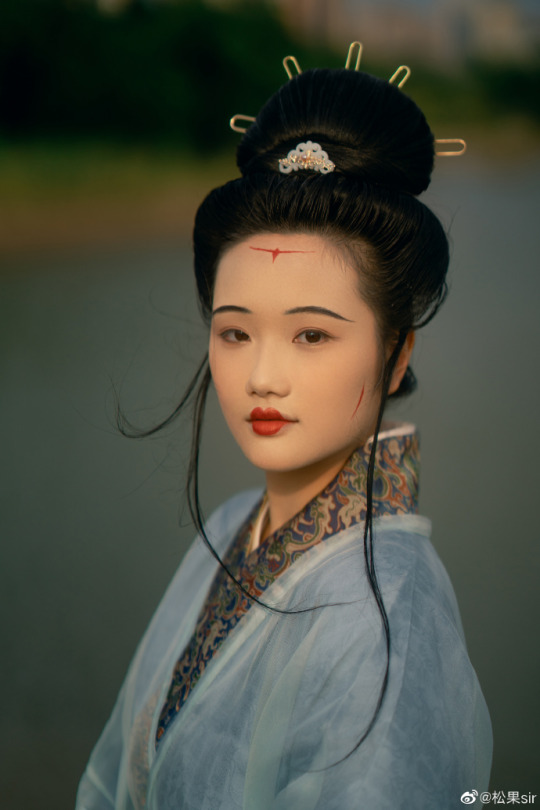

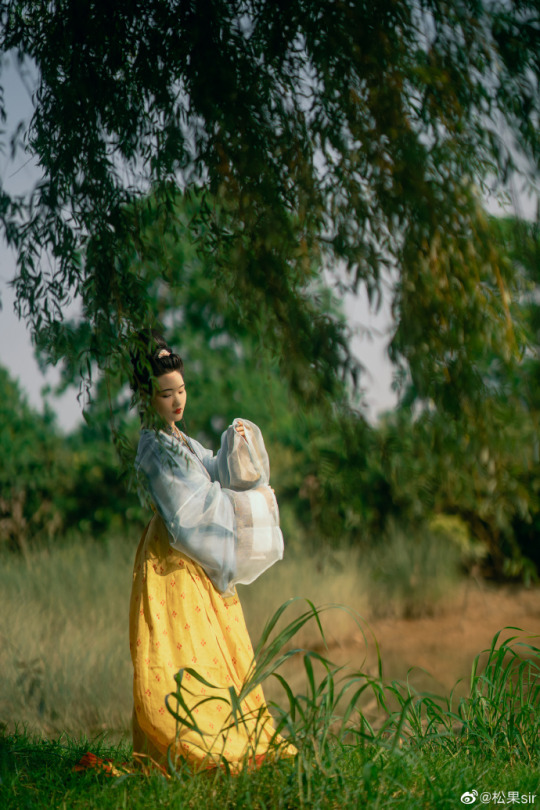
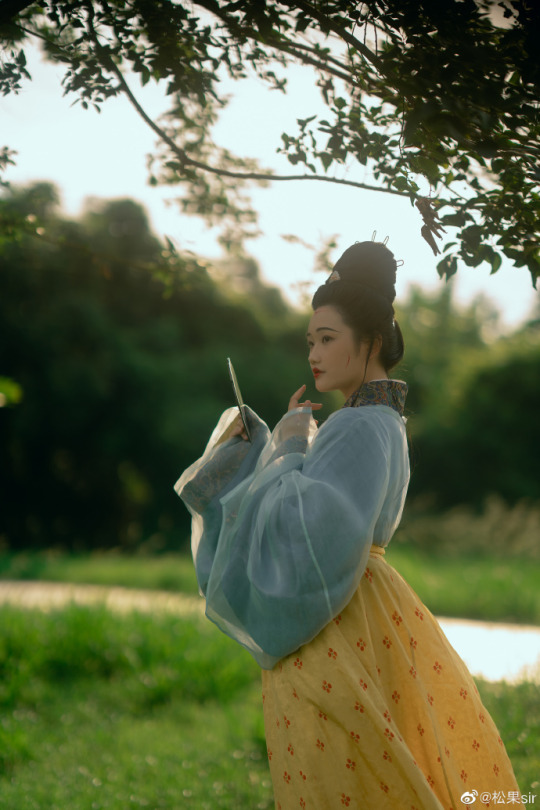
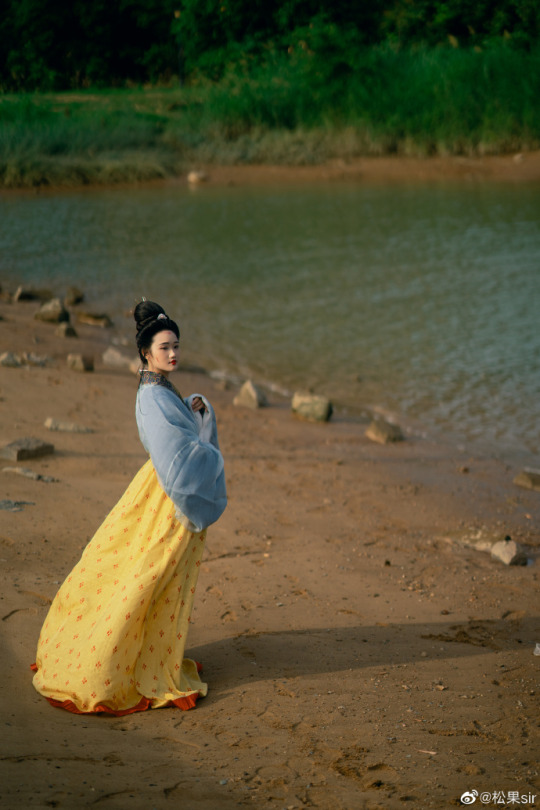
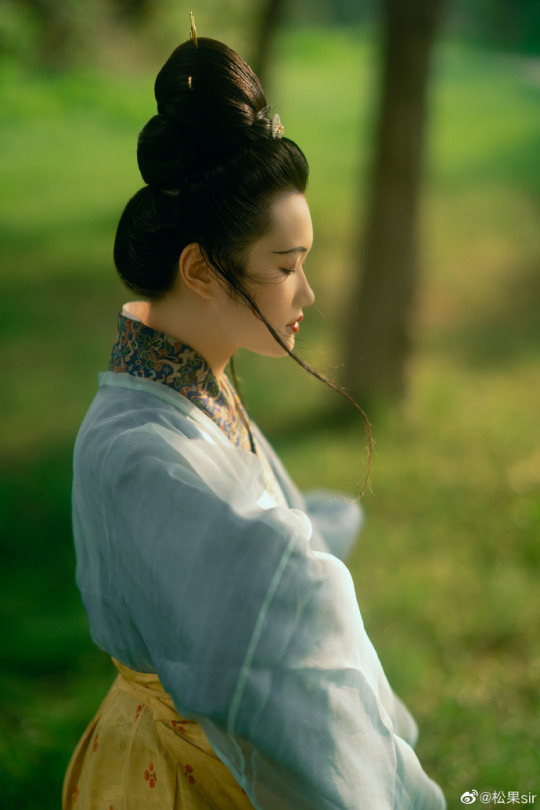
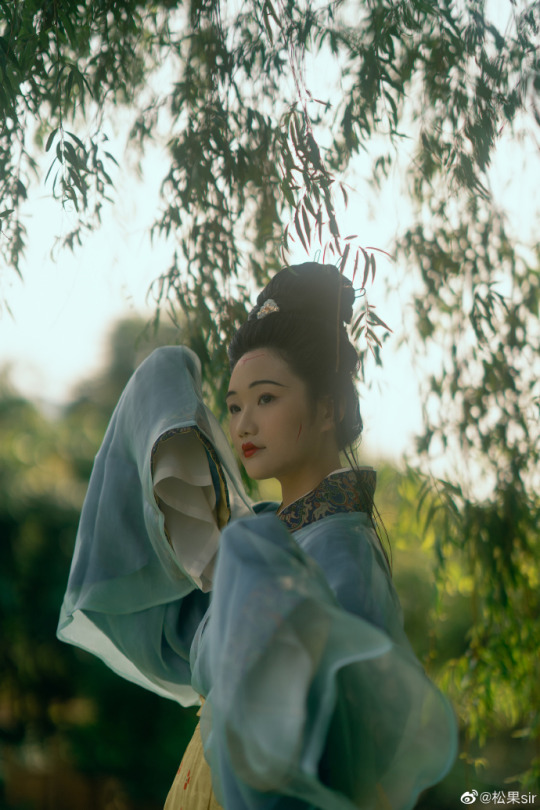

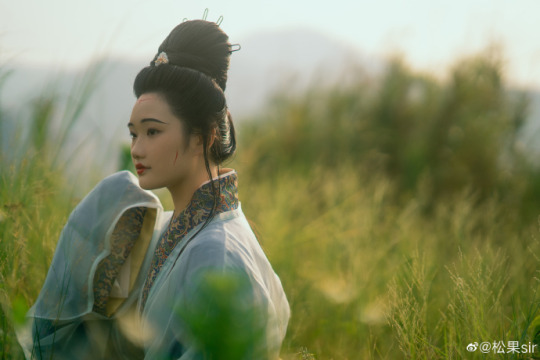
【Han Dynasty Historical Reference Artifacts】:
As early as the late Western Han Dynasty(206 BCE-25S CE), the High hair bun became popular, and it was no longer limited to the low hairstyle like early Western Han Dynasty (put the hair down and tied behind the back). Moreover, high hair bun it has been popular until the Eastern Han Dynasty(25–220) and Wei & Jin Dynasty. According to the "Ballad in the City《城中谣》" of the Han Dynasty:
城中好高髻,四方高一尺。 城中好广眉,四方且半额。 城中好大袖,四方全匹帛。
【Translate】
High buns are popular in the city, and people all over the world have buns that are one foot taller.
Wide eyebrow are popular in the city, and people in the world draw(eyebrow) half their foreheads.
Big sleeves are popular in the city, and people all over the world use whole pieces of cloth to make them.
※" Ballad in the City 《城中谣》" is a folk song in "Yuefu Poetry Collection Miscellaneous Songs and Ballads《乐府诗集·杂歌谣辞》". On the surface, it talks about the fashion and its variation in the Han Dynasty, but actually satirizes the social atmosphere of blindly following the trend at that time.
---------
In addition, There were also changes in the way of dressing in the Western Han Dynasty and Eastern Han Dynasty Period.
Left:Murals of the Eastern Han Dynasty from Dahuting Han tombs
Right: female pottery figurines of the Western Han Dynasty (presumably early Western Han Dynasty)
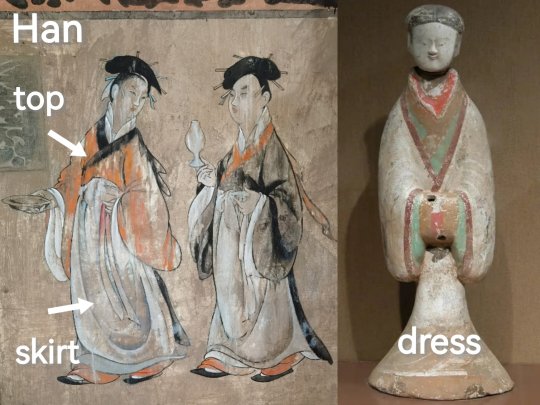
------------
Western Han Dynasty Mural Tomb unearthed from Xi'an University of Technology↓


Western Han Dynasty Mural,Unearthed from Cuizhuyuan Tomb No lin Qujiang New District of Xi'an, Shaanxi, in 2008
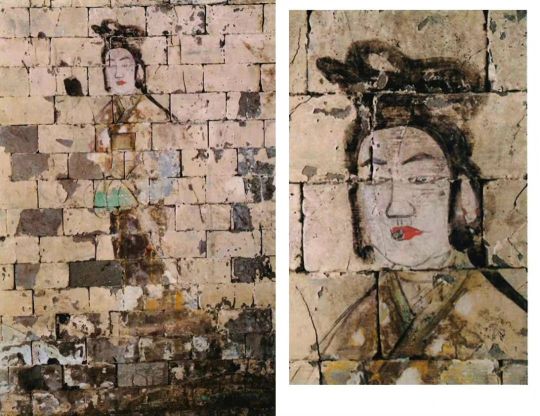
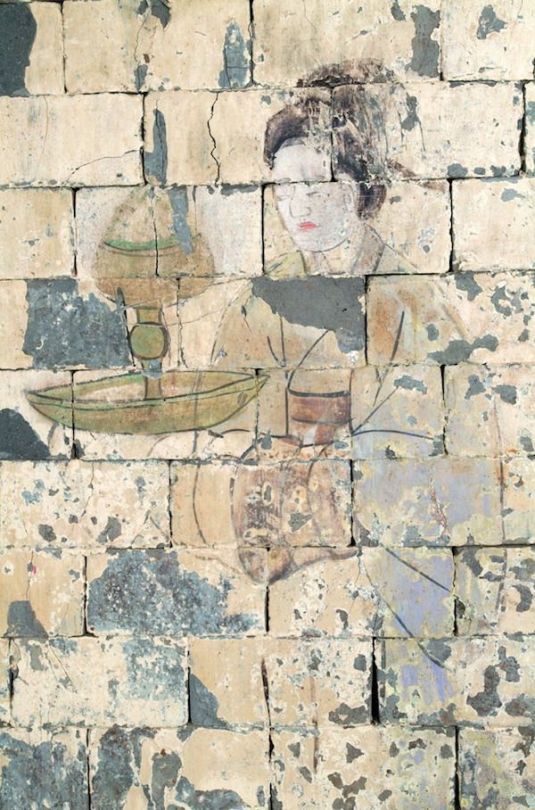
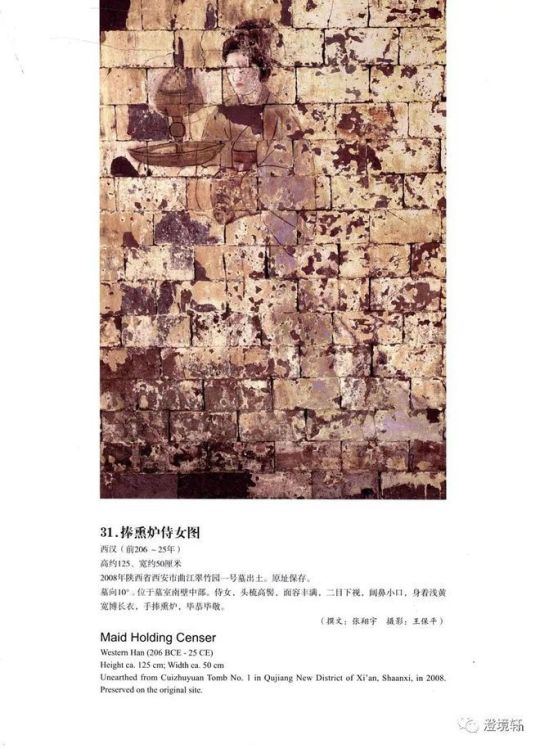
Western Han Dynasty Murals, Luoyang Museum Collection
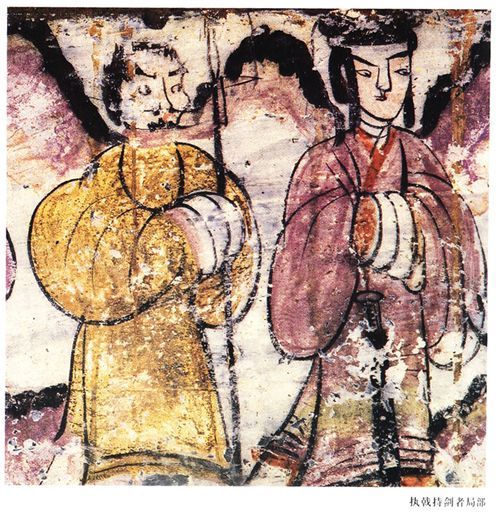
Eastern Han Dynasty Mural in Lujiazhuang, Anping County/安平县逯家庄东汉壁画墓
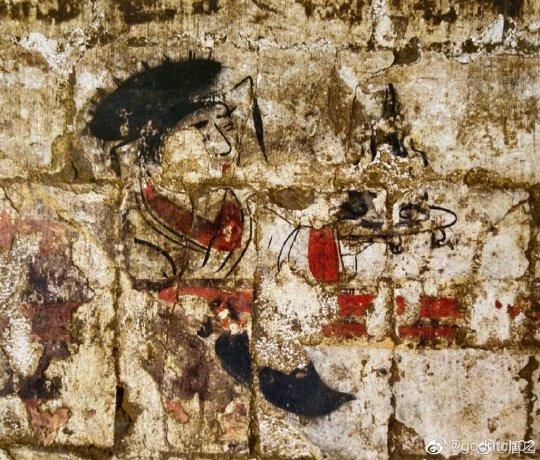
[Hanfu · 漢服]Chinese Eastern Han Dynasty (25–220 A.D.) Traditional Clothing Hanfu Photoshoot
_______
📸Photo:@松果sir
👗Hanfu:@桑纈
📍Filming Location: Minhou, Fuzhou,China
🔗Weibo:https://weibo.com/3250619702/N4GoJiBmz
_______
#chinese hanfu#Eastern Han Dynasty (25–220 A.D.)#western han dynasty#chinese history#chinese traditional clothing#hanfu history#chinese archeology#chinese#chinese historical fashion#hanfu#hanfu photoshoot#China History#hanfu accessories#hanfu artifacts#漢服#汉服#松果sir#桑纈
177 notes
·
View notes
Text
April 12, Xi'an, China, Yanta East Street/雁塔东步行街 and Xi'an Qujiang Joy City Mall/西安曲江大悦城:
Yanta East Street is right outside of Daci'en Temple. It's pretty quiet during the day, and the view is pretty nice




WAIT A SEC. What is that thing hanging from the tree???

Omg so this is the famous "hanging poems street"

This place is also super close to Datang Everbright City/大唐不夜城, so it's pretty crowded here at night. I didn't go to 大唐不夜城 btw because I was more interested in the history than the aesthetics. Also I didn't bring my hanfu with me :(




There's also a mall right outside of Daci'en Temple called Xi'an Qujiang Joy City Mall, and it looks pretty damn nice. Alas, Tumby would not let me upload videos and pictures in one post so I'll add the videos I took of the mall in a reblog



Figurines of characters from popular games sold in a shop. Left is the game The Legend of Sword and Fairy/仙剑奇侠传 ("Fairy"??? Really??? Why not just "Immortal"???) and right is the mobile game Onmyoji


33 notes
·
View notes
Text
A collection of mini fun facts : I'll explain them base on the sequence of the geography (MAP)
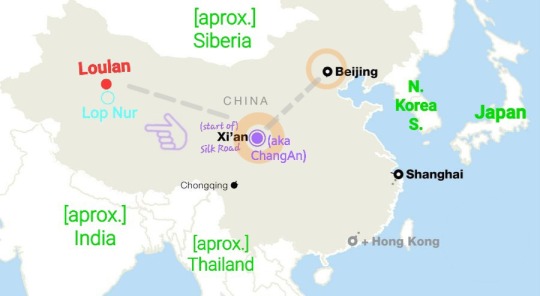
The CAPITALs : (orange circles)
Last time I talked about how palace in the anime take reference of Forbidden Palace, 🏛️ which is located in ☆Beijing, the capital city of Ming and Qing Dynasty.
However Xi'an🏛️ (aka ★ChangAn) is the capital city of TANG Dynasty,
which is the clothing style of the characters. (ChangAn is the ancient name of Xi'an)
FASHION :
During TANG, ★ChangAn, was a cosmopolitan and multicultural city since it is the starting destination of 🐫 Silk Road.

Ah Dou is wearing a riding suit, know as Hufu 👕. It was a fashion among the noble ladies to wear Hufu for horse ride🐴 . Hufu is male clothing of the *Western region (part of 🐫 Silk Road). [ *West is Central Asia, not Europe]

LOULAN : (red on map)
Maomao was curious of 💐Concubine Loulan who has Northen facial feature while wearing Southern outfit. In history, LouLan was the name of an ancient 👑kingdom at *Western region. It's location is modern Xinjiang near the now dried salt lake Lop Nur (MAP). The carved wooden beam above is an artifact of Loulan Kingdom.����

NAIL POLISH :
Just as the anime, Balsam is a major ingredient for 💅nail polish (also for blush and lip color).
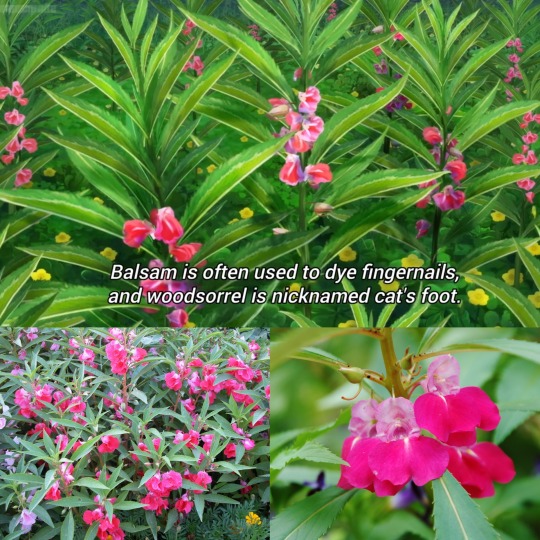
Balsam flowers are usually found in Central, East and South of Asia. When my grandma was a girl, she grounded the flower patels and apply them on nails then wait for a while , letting the juice to stain the nails before getting rid of the residue.
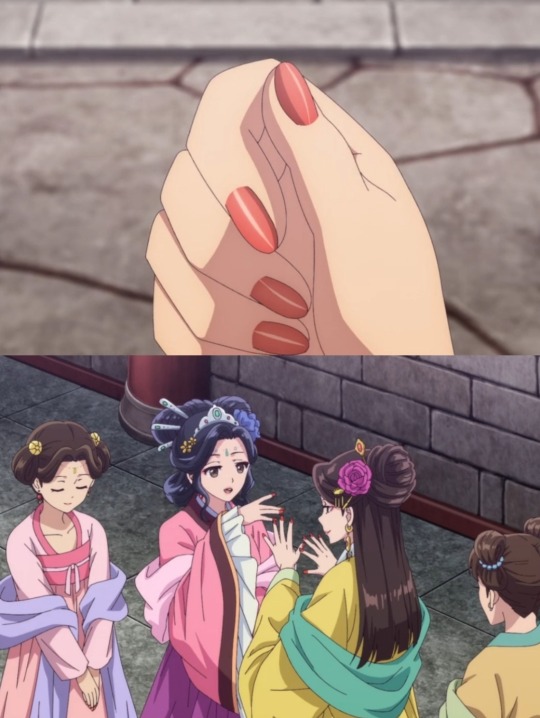
In ancient time, 💅 nail polish are made of juice of the grounded petals of balsam mixing with potassium alum. This chemical is used in drugs and silk painting / writing. 📚
WRITING :
Silk is more often used for painting than writing since it is expensive. Potassium alum is applied on silk as preparation for painting and writing.

Other than silk, bamboo and wooden slips were being used for writing, before paper is commonly used.
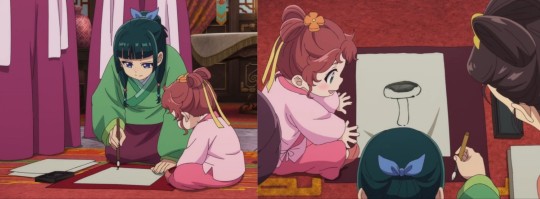
OX BEZOARS :
🐃 Ox bezoars (the drugs that turns Maomao into "upper moon demon" ) is used for de-toxing. 牛黃 is Chinese and kanji character of ox bezoars. Nowadays, it's made into tablet form know as 牛黃「解毒」片. In this context 「解毒」is meaning de-toxing. But some people mistaken 「解毒」means de - posion and think 牛黃「解毒」片 (Ox bezoars) can get rid of poison intaken by individuals, since Maomao mentioned to JinShin to use poison if she is ever facing death penalty.

#apothecary diary#maomao#jinshi#loulan#lihua#nail polish#horse#silk road#xi'an#Chang An#changan#beijing#tang dynasty#forbbiden palace#palace#japanese#chinese
30 notes
·
View notes
Text
mandarin pronunciation guide
it’s always frustrating to see people mispronouncing things if you know what it’s supposed to sound like, and this happens quite often with mandarin, because a lot of the pinyin phonetic representations aren’t exactly intuitive for english speakers. luckily for people who want to be respectful, they are incredibly consistent. none of that sometimes-this-letter-sounds-one-way bullshit like with english. so here’s a quick guide:
first of all, mandarin has a pretty limited range of ways words can start and end, which is why there are so many homophones. but it makes it easier for pronunciation. most words start with a consonant, and if they start with a vowel it will be an 'a' or 'e' most of the time.
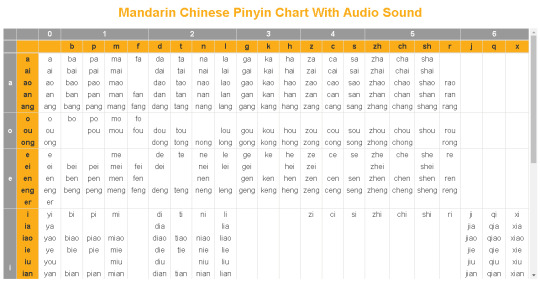
most important, mandarin does not have the 'ay' sound english-speakers say in 'hey', 'day', etc. if an 'a' is the only vowel in a word, it's pronounced like the 'o' in tongs. the common name 'yang' is not yay-ng but yah-ng. the city of Shanghai is not shay-ng hi but shah-ng hi.
the letter c is always pronounced as ts, like the beginning of 'tsunami'
z is pronounced similarly, but by vocalizing it rather than it being only breath, like turning a P into a B or an F into a V in english.
'zh' is a sound we don't have in english. it's at the very front of the mouth, like a harder version of a 'j' almost mixed with a soft 'g.' so the name 'zhang' would not be 'zah-ng' but 'jah-ng'
x is pronounced like a sh at the very front of your mouth, so the city Xi'an is pronounced like 'tshee-an'
e is always pronounced as a schwa (ə), the 'uh' sound in 'duh'. so 'sheng' is pronounced like 'shung'
q is pronounced as a tight ch the same way x is a sh, so the Qing dynasty is the 'tching' dynasty.
there's obviously a lot more to it, but those bullets are the biggies. it's not the hardest thing in the world, and even just removing the english 'ay' sound from any pronunciation of mandarin does wonders to make it sound more normal.
#mandarin#chinese#cricket chirps#language#not even going to try to DESCRIBE what r sounds like because i don't even know how i'd do that and honestly the english r is close enough#if you're not literally speaking mandarin to someone
110 notes
·
View notes
Note
method
i want to start kill Niggers too
there were 2 Niggers walking down the street in my city xi'an china today
crazy thing to say at 8:30 in the morning. woke up and immediately chose racism, oh hongjie..................
#i mourn the days when i regularly got interesting asks#now my blog is so lonely and boring it makes me want to kms
10 notes
·
View notes
Text
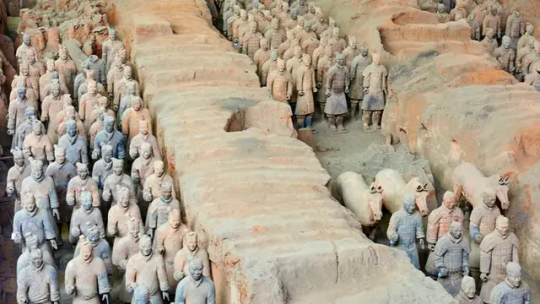

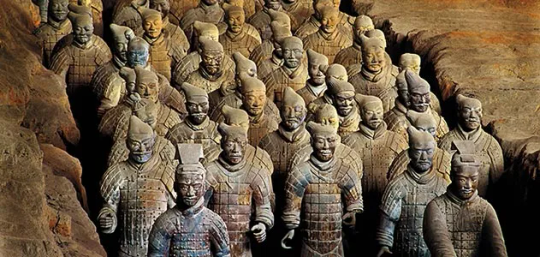
A Rare 2,000-Year-Old Sheep-Drawn Chariot Discovered Near China’s First Emperor
Only the sheep's skeletons remain, but such vehicles appear in Chinese lore.
Archaeologists have discovered the remains of what appears to be an ancient sheep-drawn chariot near the famous "Terracotta Army" in northwestern China.
The English-language website China Daily, which is owned by the Chinese Communist Party, reported that the remains were found in the "western tomb" at the site of Emperor Qin Shi Huang's mausoleum, a few miles northeast of the city of Xi'an in Shaanxi province.
Archaeologist Jiang Wenxiao, who is leading the excavations of the tomb, told China Daily that the main structure of the chariot had rotted away after spending more than 2,000 years in the ground. (The mausoleum dates to the third century B.C.)
But the team did find a row of six sheep skeletons wearing accessories used for pulling a chariot, so they inferred this was a sheep-drawn chariot, Wenxiao said.
Drawn by sheep
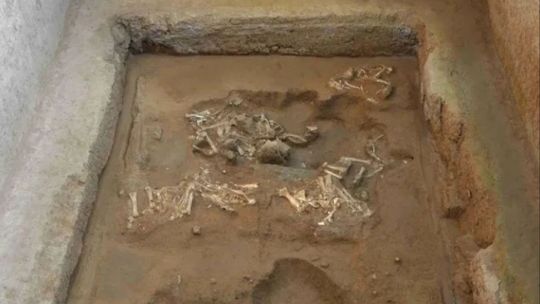
Horse-drawn chariots and ox-drawn carts were common in ancient China, but a sheep-drawn chariot is an extremely rare find, Wenxiao said.
They appear in Chinese history, however, as well as in Chinese lore. The founder of the Western Jin dynasty, Emperor Wu (or Sima Yan), who ruled from A.D. 266 to 290, is said to have ridden in a sheep-drawn carriage around his palace complex every night and would sleep wherever the sheep stopped.
His practice may be the origin of the modern Chinese phrase "seeking luck in a sheep cart"; it's said the emperor had a harem of 10,000 wives, and this seems to have been Sima Yan's method of choosing among them.
Wenxiao presented the discoveries at the Fourth Congress of Chinese Archaeology, which was held in Xi'an in October, according to the state-owned website ECNS.cn.
The team hopes laboratory analysis on the western tomb's burial chamber, which is currently underway, will help them determine who was buried there, the report said.
Chinese chariots
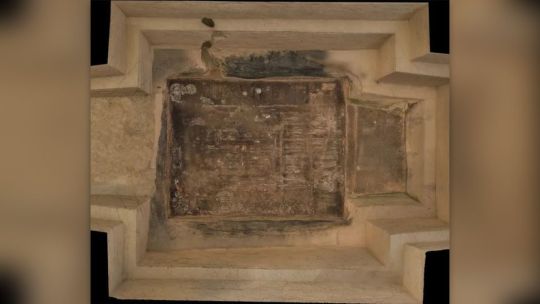
In addition to the six-sheep chariot, archaeologists unearthed a four-wheeled wooden chariot, presumably drawn by horses, equipped with an ornate rectangular umbrella. It is the oldest of its type ever found, according to Wenxiao.
They also found a wealth of copper chariot and horse-related artifacts, as well as iron tools and copper weapons, providing new insight into the period when iron tools first began to appear.
The mausoleum of Emperor Qin Shi Huang, who ruled from 221 to 210 B.C. and is considered the first emperor of a united China, is spread over about 10 square miles (26 square kilometers) and took 38 years to complete. Three immense pits in the mausoleum site hold more than 8,000 life-sized sculptures that depict the emperor's soldiers and their horses — the so-called Terracotta Army.
By Tom Metcalfe.
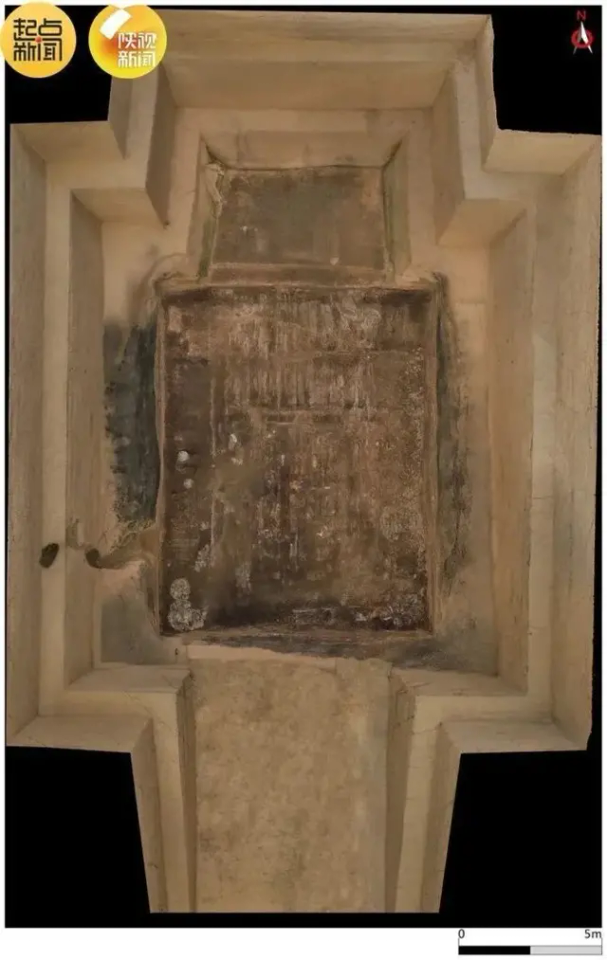

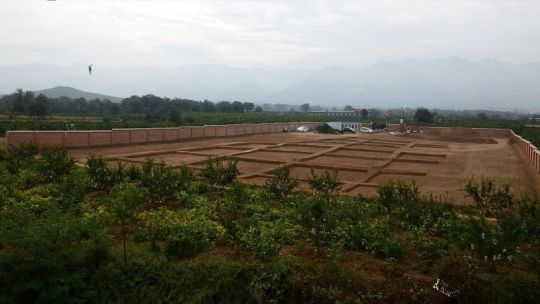
#A Rare 2000-Year-Old Sheep-Drawn Chariot Discovered Near China’s First Emperor#Terracotta Army#Emperor Qin Shi Huang#Qin dynasty#Xi'an Ciina#Shaanxi province#chariot#ancient tomb#ancient grave#ancient artifacts#archeology#archeolgst#history#history news#ancient history#ancient culture#ancient civilizations#ancient china#chinese history
49 notes
·
View notes
